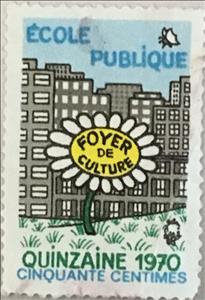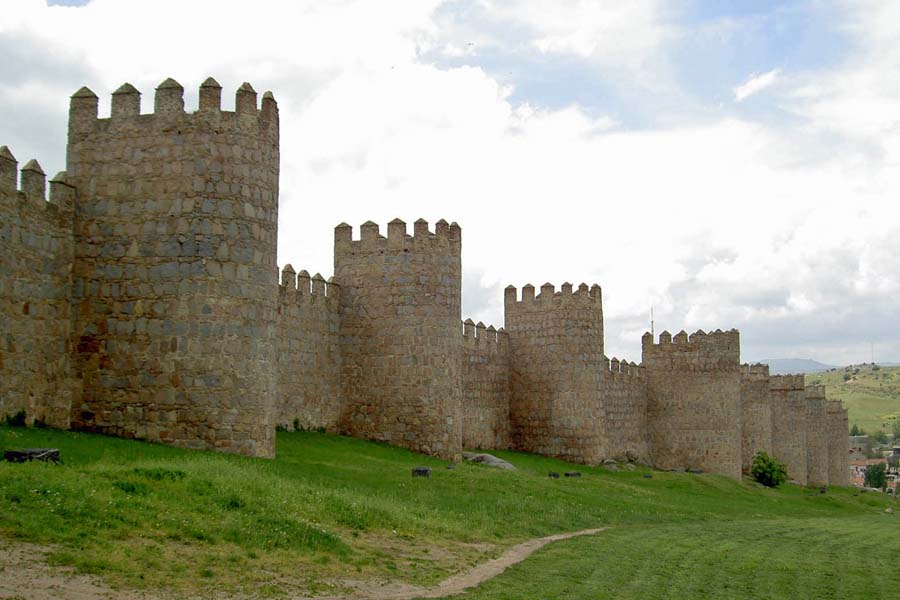Stamp: 15 days for Public School (Cinderellas 1970)
15 days for Public School (Cinderellas 1970)
01 January (Cinderellas ) within release France goes into circulation Stamp 15 days for Public School face value 0.50 French franc
| Stamp 15 days for Public School in catalogues | |
|---|---|
| Colnect codes: | Col: FR 1970-04 |
Stamp is vertical format.
Also in the issue France:
- Stamp - 15 days for Public School face value 0.50;
- Stamp - Auberge Blanche Nimes face value None;
- Stamp - Blanchisserie Fidelity Tenturerie Laundry Dyers Loyalty face value None;
- Stamp - Chez Jean Nimes Hotel Restaurant face value None;
- Stamp - Federation Francaise Carroserie. Carriages face value None;
- Stamp - Pressing Timbre Fidelity. Dry cleaners Loyalty Stamp face value None;
|
Data entry completed
83%
|
|
|---|---|
| Stamp 15 days for Public School in digits | |
| Country: | Cinderellas |
| Date: | 1970-01-01 |
| Size: | 22 x 34 |
| Perforation: | 13 |
| Emission: | Cinderella |
| Format: | Stamp |
| Face Value: | 0.50 French franc |
Stamp 15 days for Public School it reflects the thematic directions:
A defensive wall is a fortification usually used to protect a city, town or other settlement from potential aggressors. The walls can range from simple palisades or earthworks to extensive military fortifications with towers, bastions and gates for access to the city. From ancient to modern times, they were used to enclose settlements. Generally, these are referred to as city walls or town walls, although there were also walls, such as the Great Wall of China, Walls of Benin, Hadrian's Wall, Anastasian Wall, and the Atlantic Wall, which extended far beyond the borders of a city and were used to enclose regions or mark territorial boundaries. In mountainous terrain, defensive walls such as letzis were used in combination with castles to seal valleys from potential attack. Beyond their defensive utility, many walls also had important symbolic functions – representing the status and independence of the communities they embraced.
A flower, sometimes known as a bloom or blossom, is the reproductive structure found in plants that are floral (plants of the division Magnoliophyta, also called angiosperms). The biological function of a flower is to effect reproduction, usually by providing a mechanism for the union of sperm with eggs. Flowers may facilitate outcrossing (fusion of sperm and eggs from different individuals in a population) or allow selfing (fusion of sperm and egg from the same flower). Some flowers produce diaspores without fertilization (parthenocarpy). Flowers contain sporangia and are the site where gametophytes develop. Many flowers have evolved to be attractive to animals, so as to cause them to be vectors for the transfer of pollen. After fertilization, the ovary of the flower develops into fruit containing seeds. In addition to facilitating the reproduction of flowering plants, flowers have long been admired and used by humans to beautify their environment, and also as objects of romance, ritual, religion, medicine and as a source of food.
A school is both the educational institution and building designed to provide learning spaces and learning environments for the teaching of students under the direction of teachers. Most countries have systems of formal education, which is sometimes compulsory.In these systems, students progress through a series of schools that can be built and operated by both government and private organization. The names for these schools vary by country (discussed in the Regional terms section below) but generally include primary school for young children and secondary school for teenagers who have completed primary education. An institution where higher education is taught is commonly called a university college or university.



